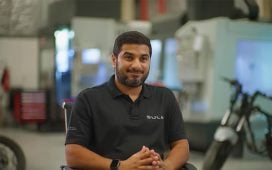Olga Ivanova, Head Of Marketing, Visa
For most regional marketing teams, putting together a monthly update about the latest launches, campaigns and results isn’t one of the more creative parts of the job. They might expect their boss to send around a standard template and ask them to fill in the dry details. For Visa’s marketing team in the Gulf Cooperation Council region, things are a little different. One month their update request will include a reminder that it’s 53 years to the day since the release of The Beatles’ Let it Be album, with some thoughts on what marketing can afford to let be – and what it
To continue reading this article you need to be registered with Campaign. Registration is free and only takes a minute. Register Now or sign in below if you already have an account.









